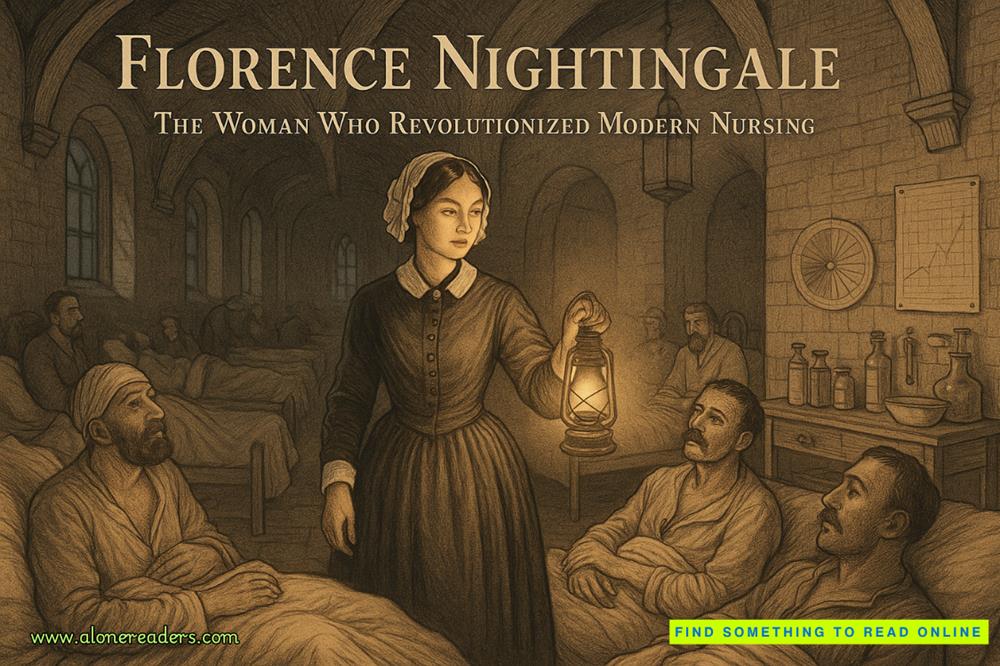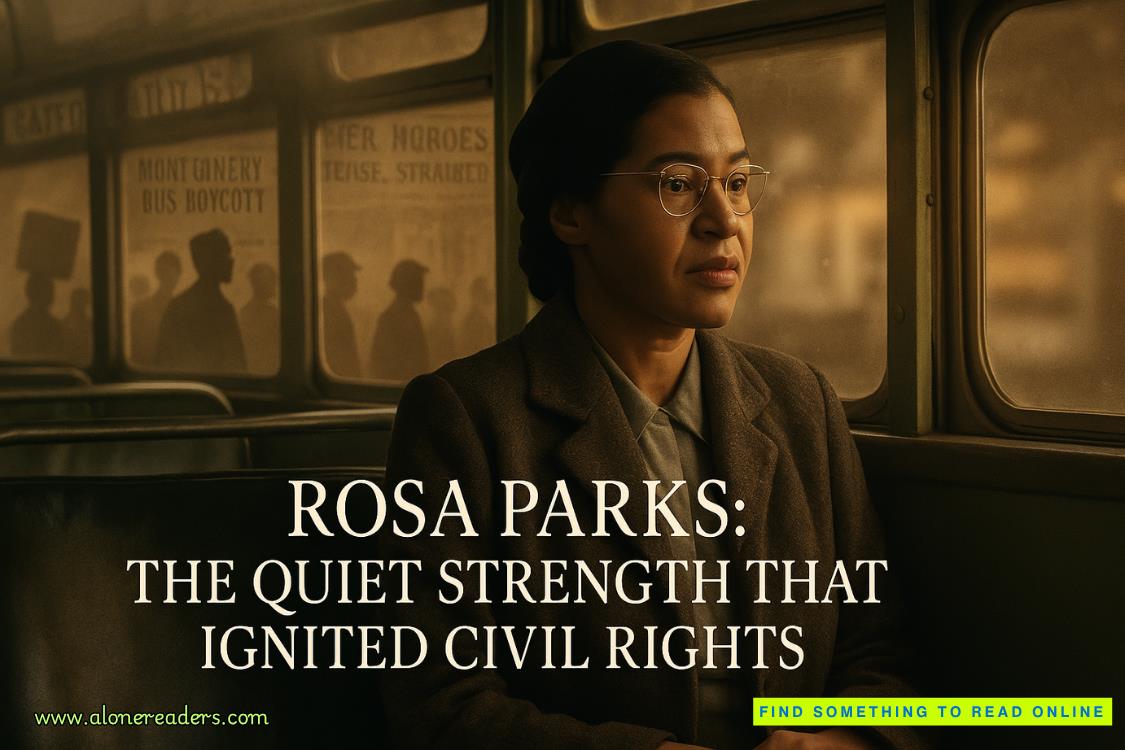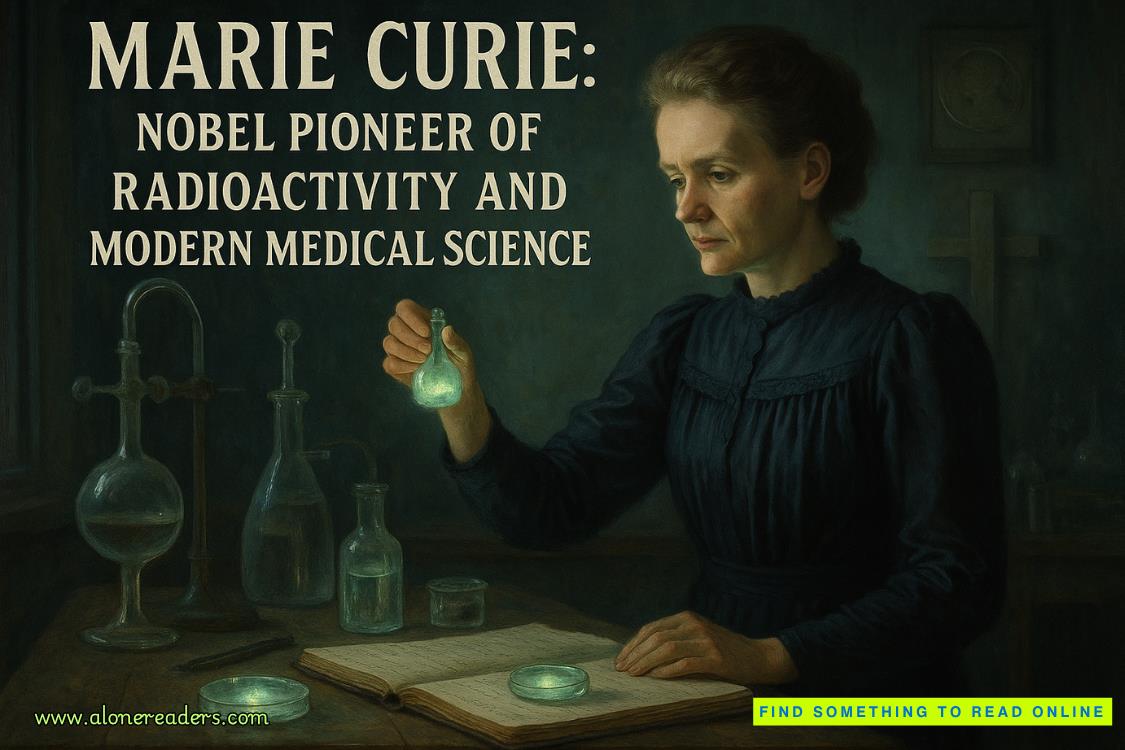Page 17 of See How They Hide
“Do I really look that bad?” Kara said, half joking.
“You look tired and you didn’t sleep on the plane.”
“Thanks for your concern, but nothing food won’t fix. First—” she gestured at the trail that led to the crime scene “—let’s just see what’s here.”
They walked in silence for a minute, then Michael said, “The local police did a good job. I don’t think they missed anything.”
“Maybe not here,” she said, though she couldn’t help but think about the keepsake box she’d found in Jane’s drawer. “They didn’t notice the poppy in Jane’s room.” They’d found the box, cataloged it, but hadn’t considered it significant. Maybe it wasn’t.
Kara thought it was.
The sky was gray and the forecast indicated rain overnight and into tomorrow, but for now the fog had mostly lifted and the drizzle turned to damp air. Lithia Park was a hundred-acre narrow wooded area with grassy knolls, trails, sports courts, and a playground. It began downtown right off main street, and ended near the Ashland Creek trailhead in the mountains that bordered the town to the west.
There were several access points into the park, very few security cameras. They didn’t have to hike far to where Jane’s body had been discovered behind the Butler Bandshell, a small outdoor amphitheater surrounded by trees and fronted by gently sloping lawn.
Today, there was a group of young kids running around while the adults supervising them sat on a blanket and talked. Four college-aged men tossed a Frisbee, the smell of weed thick as Kara passed them. Other people jogged or hiked in pairs on the path west of the field as it meandered up into the mountains. But the cement stage, covered by a slanted metal roof, was empty.
Kara stared at it. “Why did she come here?”
“She knew her killer,” Michael said.
“Yeah, that’s what I was thinking, but still—late on a Saturday night, no message, no text. She lives two miles from here.”
“The center of downtown is just down the path with bars, restaurants, theaters, a late-night coffee shop.”
“But she told her roommate she was staying in, and during the first interview, Ashley told Ken that Jane didn’t drink much and didn’t use recreational drugs. She had no boyfriend, no close friends outside of Riley Pierce.”
“Devil’s advocate,” Michael said. “Say Riley Pierce is involved. Why lure Jane away from the apartment? Why kill her here?”
“First, if Riley is involved, it would be easy to lure Jane out, if we believe Ashley that they were close. But we know she was still in France when Jane was killed. Doesn’t mean she’s not involved in some way. But killing her here... It wasn’t on the stage, which would be bold and theatrical. They killed her behind the stage, where she wasn’t found until morning. To hide her? To delay discovery to give them a chance to get out of town? Some psychological or personal reason? All of the above?”
“Benson was lured out, as well,” Michael reminded her. “No sign of forced entry, no struggle, no defensive wounds. Though his hands were bound and Jane’s weren’t.”
“I could see him not fighting back to protect his wife, but who was Jane protecting? And fighting back is instinct. You don’t want to die. Even if you don’t fight back hard, there should be something, an involuntary action, like putting your arms up to stop a blow.”
“There were no other marks on their bodies, other than faint marks on Benson’s wrists from the rope,” Michael said. “Jane was petite, one person could have killed her.”
“Surprise attack from behind,” Kara said. “Jane may not have even seen her killer.”
“No evidence under their nails, no skin or fiber. Instinct,” Michael said, “would have you grabbing the arm, hands of someone coming from behind. The crime scene investigators concluded Benson’s throat was slit while he was lying on the ground. He would have seen his killers.”
“Quick and efficient.” Autopsy showed no hesitation, just one deep cut under the jawline. Both victims bled out where they were killed. Who stood there and took it? Or, in Benson’s case, lay down and allowed it?
Kara walked behind the stage. She immediately saw where Jane’s body had been found, and not just because she had studied the crime scene photos.
The area was narrow, wide enough for at least two people to walk side by side. Trees provided a canopy, as well as privacy—or a hiding place.
Jane had been killed just behind the east side of the stage where there was a slightly wider spot of well-packed earth, possibly for performers to wait before they came onstage. The police had cleaned up the area and removed the crime scene tape. But Kara pictured it as Jane had been found: on her back, arms and feet outstretched—clearly staged—throat slit. Hundreds of red poppies covering her body, littering the ground. Three hundred forty individual flowers had been collected—enough to fill a small garbage bag.
Local police had scoured the area for evidence, but there was next to nothing. Plus, no security cameras. Though technically the park was closed at night, the amphitheater was open if there was an event. There hadn’t been anything scheduled late Saturday when Jane was killed.
There was privacy here. The slope, the trees, the structure set far back from the road, out of sight of the parking lot. But there were dozens of other private places someone could have lured Jane. Whyhere? Was the location important to Jane...or to her killer?
But more important than why, at least to Kara, washow.
How did they lure Jane out to a place where she was alone and vulnerable? Did she come here alone? Or did someone pick her up?
They hadn’t found any witness who said they saw Jane leaving her apartment on Saturday night, so either scenario would work. There was no evidence on her person that she had been dragged across the field from the parking lot. No bruises, marks, scratches, abrasions. She hadn’t been bound and no evidence of being gagged.















